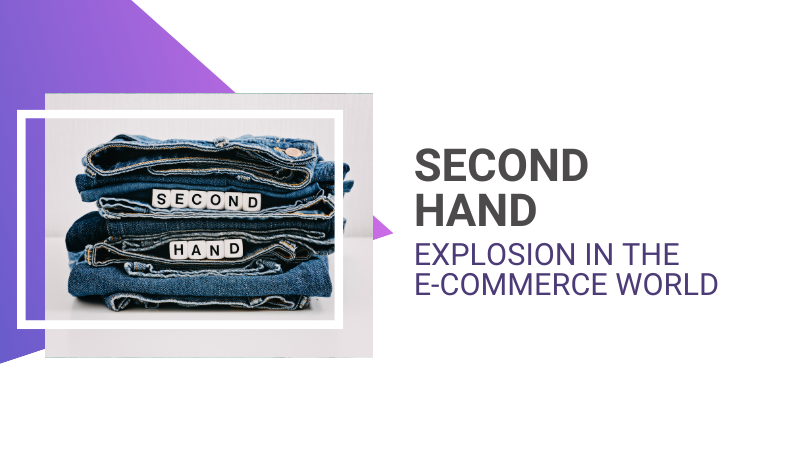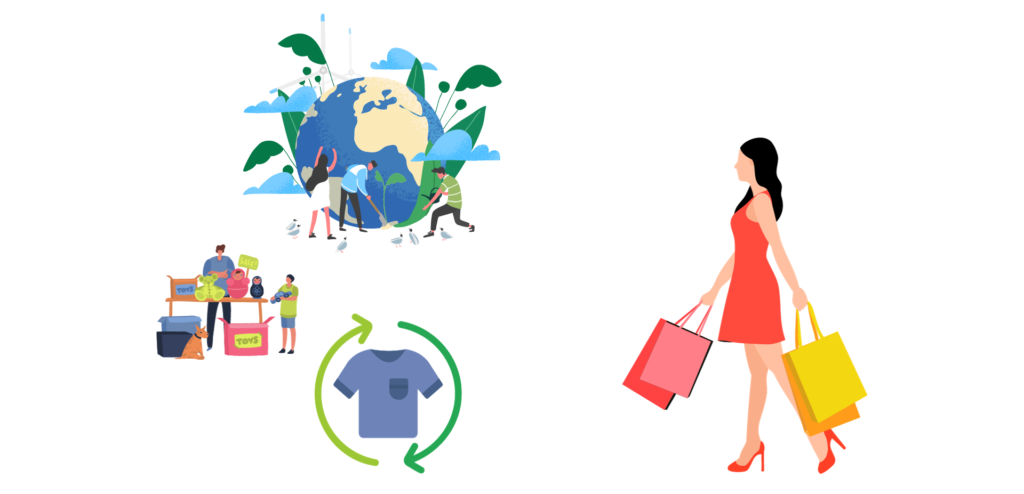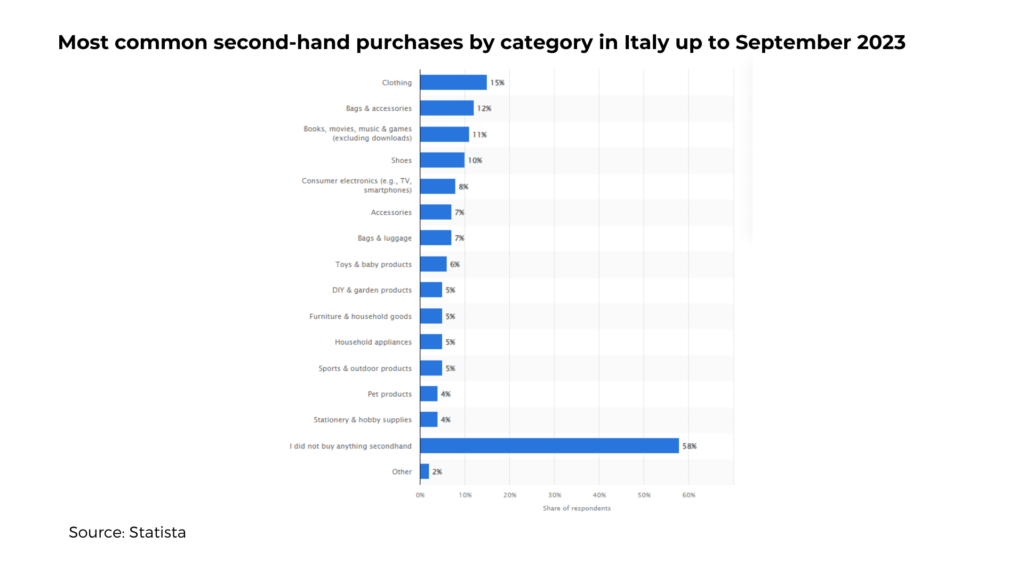Today, in the world of e-commerce, a rapidly rising trend is redefining how we buy and sell: the second-hand market.
With the growing interest in sustainability, the search for affordable deals, and the attraction to unique and timeless pieces, purchasing second-hand products online is gaining increasing popularity.
Exploring the world of second-hand in e-commerce not only opens the doors to a universe of economic opportunities but also makes a significant contribution to waste reduction and the extension of product lifecycle.
Great Attention to Second Hand
As clearly indicated by the new global map of marketplaces in 2023, conducted by Yocabè and recently published online, there is a growing interest in the second-hand market, with increasing attention towards recycling, sustainability, and waste reduction.
The longevity of products, therefore, becomes a key factor within such a complex and diversified digital landscape.
Second Hand: The Era of Recommerce
In the second-hand landscape, recommerce is experiencing an unprecedented expansion, driven by platforms like Vinted, Wallapop, and Depop, which are revolutionizing the concept of purchasing, making recycling a twin trend of sustainability. Vinted, in particular, has emerged as the leading reference.
Since its arrival in Italy in 2020, Similarweb data shows an average of 5.8 million monthly visits to the website, an interesting number but not approaching the 25.8 million registered in France, where Vinted has an even more established presence.
In the Spanish second-hand market, Wallapop records approximately 22 million monthly visits, while Vinted hovers around 4.6 million.
However, globally, the United States emerges as a leader in selling second-hand products, with platforms like Poshmark boasting an average of 51 million monthly visits, followed by Thredup with 14 million and Therealreal with 13 million.
Marketplaces: Sustainable Innovation for Consumers
In tune with the growing sustainability trend, marketplaces have launched significant initiatives. Amazon is committed to achieving carbon neutrality by 2040 with “The Climate Pledge,” while Zalando promotes sustainable fashion through “do.MORE.”
Yoox focuses on product longevity with the “Infinity” project, while Veepee, eBay, and Manor address waste reduction and sustainability in different ways through “Upcycling,” the “Refurbished Program,” and “RETHINK EVERYDAY.”
Italian Second-Hand Purchases
According to Statista, regarding the second-hand market in Italy, the majority of consumers prefer purchasing second-hand clothing, followed by bags and accessories. Conversely, Italians are less inclined to buy used stationery items and hobby materials.
From a 2023 survey published by Statista, it emerged that the primary motivation for buyers in France, Germany, Italy, and the United Kingdom in purchasing second-hand clothing is the lower price. A percentage ranging from 40 to 50% of participants indicated sustainability as the main reason for buying second-hand clothing.
Second Hand: The Moment of Sustainable Shopping
In conclusion, the second-hand e-commerce phenomenon is not just a reflection of changes in purchasing habits but represents a significant step towards a more sustainable lifestyle.
The opportunity to give new life to products, the search for unique pieces, and the focus on waste reduction are shaping a new landscape in e-commerce.
This movement not only provides economic benefits to buyers but also contributes to reducing environmental impact, promoting a conscious approach to consumption. With ongoing support and increasing interest in this practice, second-hand e-commerce is shaping a more sustainable and conscious future for the online commerce industry.




